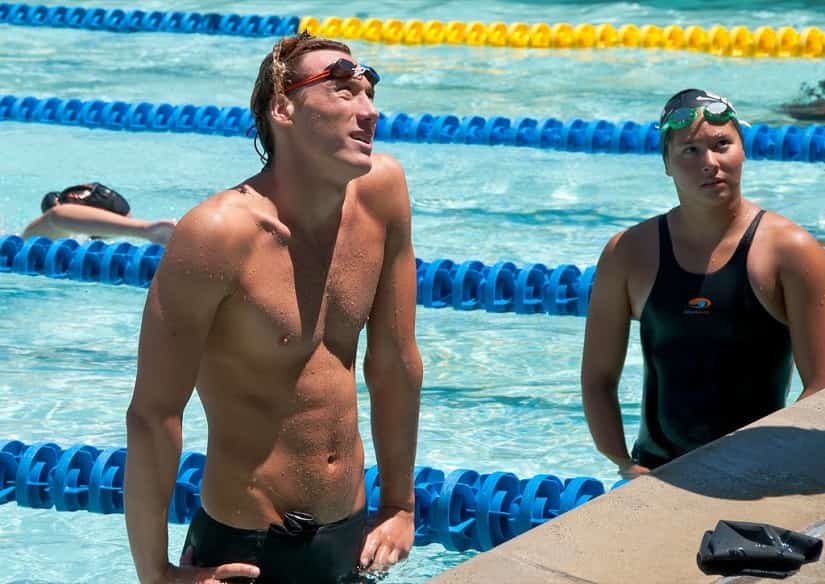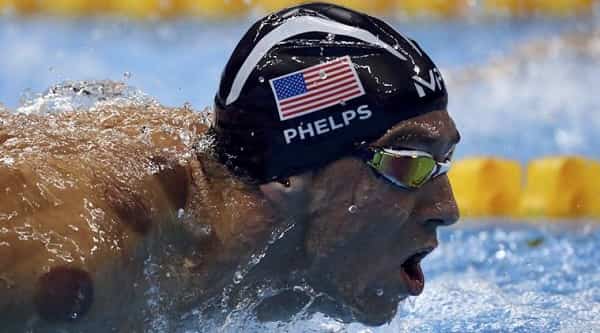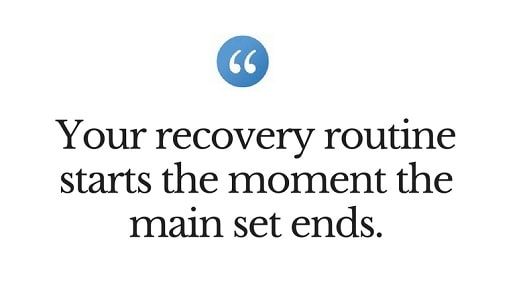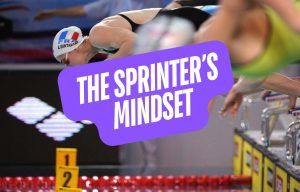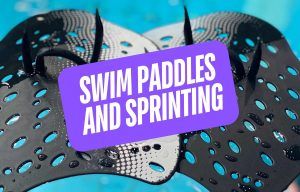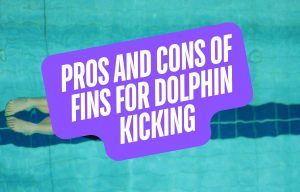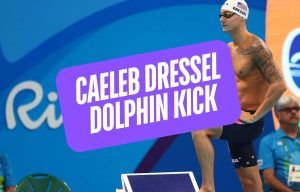Get more from your swim practices and bounce back faster by putting post-workout recovery on auto-pilot. Here’s how to build a killer recovery routine for yourself.
One of the great joys of sport, and swimming is no exception, is the feeling of improvement.
It’s the feeling of doing a tough set for the second time, and not being as destroyed as the first time you tried it. It’s that same experience of walking out from the pool after a really hard workout and not feeling like you want to go to sleep on the sidewalk.
Those little moments of progression are rewarding, no matter how red-faced, tired, and sore we find ourselves. You find that your body is beginning to adapt to the red-face-inducing swim practices, and as a result, you are recovering faster.
The good news is that you can further accelerate this process by paying just a little bit of attention to how you take care of your body after the daily thrashings at the pool.
And this starts with a post-workout recovery routine.
The Basics of Post-Workout Recovery
While there is a heap of different things you can do between workouts in order to recover fastish, from using one of those fancy float pods for sensory deprivation to rolling out on a vibrating foam roller (one of Olympic gold medalist Cody Miller’s favorite tools), to cupping (like Michael Phelps popularized with swimmers at the Rio Games; see cupping marks below), to performing active recovery, I would argue that the following four are the things you should start with:
1. Warm down thoroughly.
Look, I get it—once the meat and potatoes of your workout–the main set, is completed, we wanna get out of Dodge. The idea of warming down seems wasteful, particularly when we are hungry, thirsty, and/or have a hundred other things we’d rather be doing than swimming at a tepid pace for a few hundred meters.
But consider this: your recovery starts the moment that the main set ends.
Everything you do from then to the time you fire up another main set is done in the spirit of recovery.
Yes, you are tired. Yes, you’ve already been in the water for 1h50.
But getting those precious few minutes of specific recovery work, and fully completing the warm-down, will help to flush metabolic waste from your muscles, and more importantly, help get CNS recovery going.
2. Sleep is king.
There are a million different kind of supplements designed to help you bounce back after your swims. There is not one that can hold a chlorinated candle to getting lots of sleep.
The performance benefits of sleep extension are so powerful it’s almost laughable (one Stanford study found a half second improvement in 15m sprint swim times after six weeks of swimmers getting an extra 1-2 hours of sleep per night).
During heavy training loads Nathan Adrian sleeps up to 12 hours a day, with assorted naps and between workouts.
I can hear the excuses coming—“But I’m too busy!”
We are all too busy.
Find the time. Not only will your swimming improve via faster recovery, but cognitive function will be much better too, meaning that you won’t be such a sour puss all the time from being a sleepy face.
3. Food up.
Nutrition for swimmers is vitally important (although you already knew that, right?). Eating a set of well balanced meals each day fuels your performance, helps recovery, and even keeps your immunological system strong so that you can stay healthy over grueling weeks of training.
Get in the habit of packing a balanced protein/carb snack for post-workouts.
For years my staple has been a scoop of protein whey (mixed with water after my swim), and a banana. The reason I have been able to stick to this for so long is (1) it’s become habit and (2) it takes about the same amount of time to prep as it does for Caeleb Dressel to swim a 50-yard freestyle.
Regardless of whether it’s a recovery workout, a sprint sesh, or the last day of taper, pick up the habit of packing a post-swim snack for yourself to crush on the way home from the pool.
4. Guzzle some water.
Because we spend what seems to be half of our lives galloping up and down the pool in a tub of sometimes-overly-heated water we forget that we also need to be drinking that stuff. (No–not the pool water.)
And even though we may not necessarily notice the sweat dripping off our faces like we would when working out in the gym, that doesn’t mean we aren’t sweating like maniacs while swimming.
I know how difficult it can be to drink enough water during your workouts—you’d rather spend your valuable time between reps and sets catching your breath and gossiping. As a result, that water bottle of ours doesn’t get the love and attention it (and you) needs.
When you finish practice aim to guzzle 16-24 ounces of water. (With my own particular mouth-hole this usually translates to about ten full gulps of water.)
On your way to the change room make a stop at the water fountain, fill up your H2O bottle, and crush that bad boy while you are deck changing/hot tubbing/showering.
How to Create Your Own Recovery Routine
Okie, so we got the basics covered. Of course, there are a bunch of other things you can be doing as well. Foam rolling. Stretching. Active recovery. Using an EMS machine. And so on.
But before we carried away with a 25-point recovery list let’s make sure that we are covering the basics.
Here is an example:
- Finish the whole warm-down.
- Do ten minutes of self-myofascial release with a muscle roller stick while draining a full water bottle.
- Pack a post workout shake and snack.
- Do 10 minutes of arm and leg swings an hour before bed.
- Get 8 hours of sleep.
Nice and simple, right?
As you master your routine, and as your schedule allows, there is a ton of other things you can add to the routine over the span of time between practices to recover faster:
- Go for a half hour walk to loosen legs, get some fresh air and reset your stress levels.
- Spend 10 minutes in the hot tub with jets blasting your traps and lower back.
- Foam roll for 20 minutes at the end of the school day to limber up, and again later in the evening as you watch television.
- Nap for 30 minutes in the afternoon between practices.
And so on!
Your Turn
Sit down, with a pen and paper, and write down a simple 5-step recovery routine that you can follow after each swim practice.
Not only will you feel more rejuvenated sooner, but you will also end up swimming a little faster at your next practice. Giddyup!
More Stuff Like This:
7 Things You Can Do Today for a Better Practice Tomorrow. Want to get ahead of tomorrow’s workout? Here are 7 simple things that you can do today to make sure tomorrow’s practice goes down like a cool glass of success.
The Ripple Effect of a Bad Swim Practice. At some point—today, tomorrow, next week—we’ll have a bad practice. Here’s a sneaky way to bounce back quicker.
7 Best Foam Rollers for Athletes and Gymgoers. Check out this guide from our sister site that details the top foam rollers on the market.

